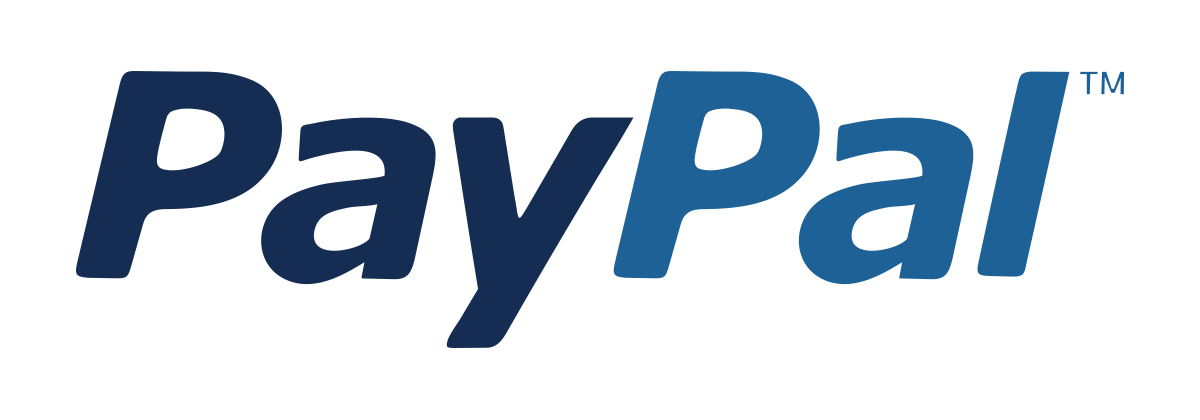Premium Career Track - Head of Cybersecurity Operations
Become a cybersecurity operations leader with in-depth knowledge of security frameworks, incident response, risk governance, and SOC leadership.Preview Premium Career Track - Head of Cybersecurity Operations course
Price Match Guarantee Full Lifetime Access Access on any Device Technical Support Secure Checkout Course Completion Certificate 93% Started a new career
BUY THIS COURSE (GBP 199)
93% Started a new career
BUY THIS COURSE (GBP 199)
-
 79% Got a pay increase and promotion
79% Got a pay increase and promotion
Students also bought -
-
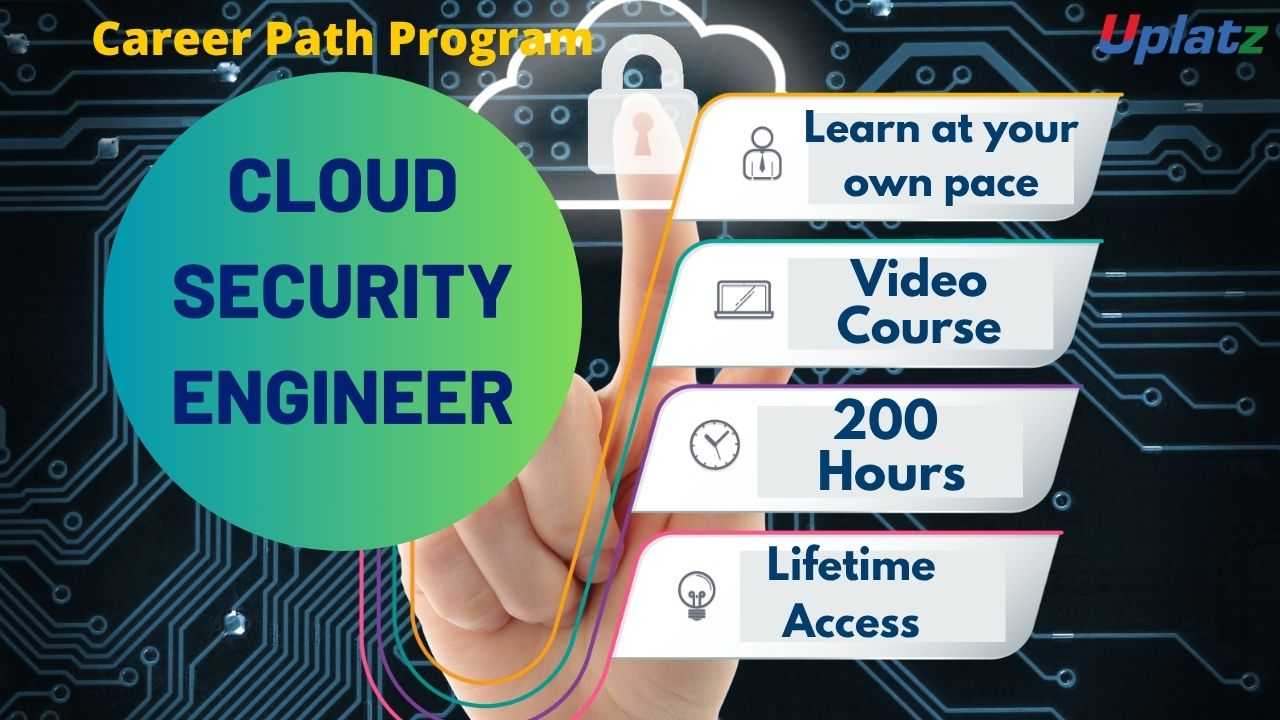
- Career Path - Cloud Security Engineer
- 200 hours
- GBP 32
- 501 Learners
-
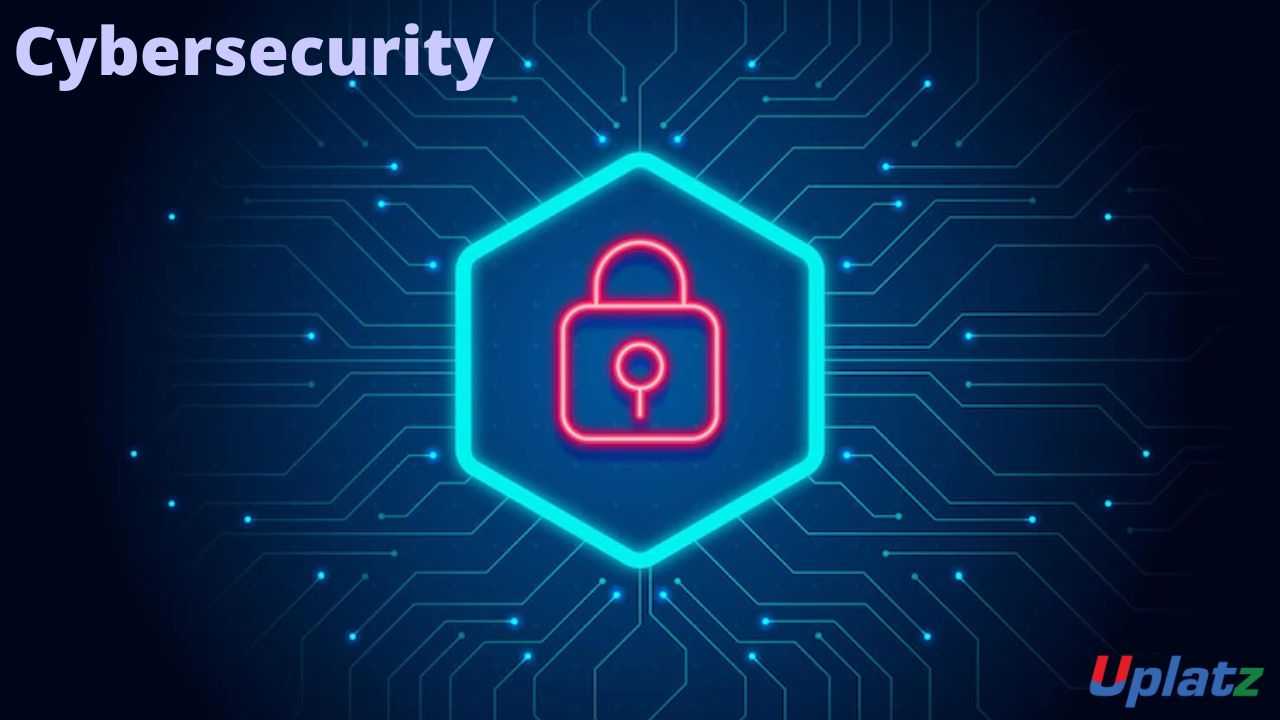
- Cybersecurity in a nutshell
- 2 Hours
- GBP 12
- 21 Learners
-
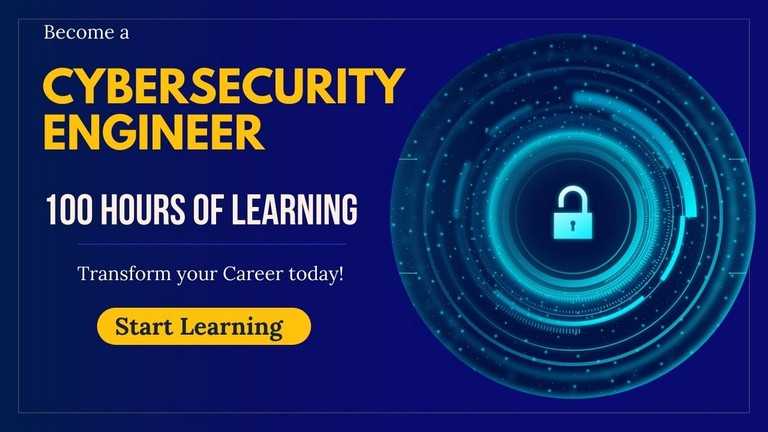
- Career Path - Cybersecurity Engineer
- 100 Hours
- GBP 32
- 1240 Learners
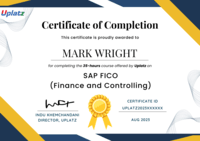
- Follow the Sequence: The course begins with security foundations and gradually progresses to advanced SOC operations, leadership practices, and enterprise risk management. Completing modules in order ensures foundational understanding before applying complex concepts.
- Simulate Real-World Scenarios: Engage with labs and case studies to experience real-world incidents, decision-making processes, and operational challenges.
- Leverage Strategic Templates: Downloadable templates and checklists (incident response plans, risk registers, audit forms) are included to help you implement learnings directly in the workplace.
- Prepare for Certification and Interviews: The course is aligned with top certifications (CISSP, CISM, CEH, etc.) and includes mock interview preparation to help you transition smoothly into leadership roles.
- Use Community & Peer Learning: Take advantage of discussion forums, case study reviews, and feedback sessions to reinforce concepts and expand professional perspectives.
Course/Topic 1 - Course access through Google Drive
-
Google Drive
-
Google Drive
Course/Topic 2 - Leadership and Management - all lectures
-
In this lecture session we learn about honesty and integrity in leadership and management and also talk about some basic terms of leadership and management.
-
In this lecture session we learn about how confidence is a must in leadership and management and also talk about the importance of confidence in leadership and management.
-
In this tutorial we learn about A soft skill is a personal attribute that supports situational awareness and enhances an individual's ability to get a job done. The term soft skills is often used as a synonym for people skills or emotional intelligence.
-
In this lecture session we learn about Soft skills, also called people skills, are the mix of social and interpersonal skills, character traits, and professional attitudes that all jobs require. Teamwork, patience, time management, communication, are just a few examples.
-
In this lecture session we learn that Communication in teams is more than just efficient work. It allows everyone on the team to be educated on any topic that may affect their work. Moreover, it develops trust, builds camaraderie among the team members, boosts morale, and helps employees stay engaged in the workplace.
-
In this lecture session we learn about Effective communication can help to foster a good working relationship between you and your staff, which can in turn improve morale and efficiency.
-
In this lecture session we learn about what commitment Concentration – leadership commitment involves making a personal decision to support the change no matter what. It is incongruous to ask for change in others while failing to exhibit the same level of commitment. Concentration requires maintaining focus throughout the change not just at the beginning.
-
In this lecture session we learn about Market leadership is the position of a company with the largest market share or highest profitability margin in a given market for goods and services. Market share may be measured by either the volume of goods sold or the value of those goods.
-
In this lecture session we learn that Motivational leadership is defined by positivity and vision. Motivational leaders make decisions, set clear goals and provide their teams with the empowerment and tools to achieve success. Motivational leaders evoke and see the best in their employees, inspiring them to work toward a common goal.
-
In this lecture session we learn about A primary task of leadership is to direct attention. To do so, leaders must learn to focus their own attention. When we speak about being focused, we commonly mean thinking about one thing while filtering out distractions.
-
In this tutorial we learn about Marketing analytics helps collect and strengthen data from across all marketing channels. This information is key to improving marketing efforts and driving them forward to achieve business goals.
-
In this lecture session we learn about Marketing automation is the integration of data and processes from other sales and marketing channels into an organized central platform. A comprehensive marketing automation hub complements and organizes the customer journey. It integrates all of a business's channels and outreach within the customer database.
-
In this tutorial we learn about Growth hacking (also known as 'growth marketing') is the use of resource-light and cost-effective digital marketing tactics to help grow and retain an active user base, sell products and gain exposure.
-
In this tutorial we learn about Growth Hacking is a new field focusing solely on growth, based on a data-driven, experiment-based process. A growth hacker explores new growth opportunities systematically in any part of the customer journey, from awareness through marketing to brand ambassadors by optimizing the product.
-
In this lecture session we learn about Product marketing is the process of bringing a product to market. This includes deciding the product's positioning and messaging, launching the product, and ensuring salespeople and customers understand it. Product marketing aims to drive the demand and usage of the product.
-
In this lecture session we learn about the marketing, sales, product, and customer success teams are no longer siloed. They are interwoven in a cohesive experience with the product at the center, and the customer at the center of the product.
-
In this tutorial we learn about how Product marketers know the message and story to convey, who to convey it to, and at what time it needs conveying- but marketing is responsible for turning that knowledge into blog posts, ad copy, and press releases.
-
In this lecture session we learn about PR involves communicating with your market to raise awareness of your business, build and manage your business's reputation and cultivate relationships with consumers. While marketing focuses on promoting actual products and services, public relations focuses on promoting awareness, attitudes and behavior change.
-
In this lecture session we learn about building relationships with the public in order to create a positive public image for a company or organization. It also has different disciplines, such as corporate communications, internal communications, marketing communications, crisis communications.
-
In this lecture session we learn about Public relations helps build an online presence across multiple platforms – social media, earned media, paid media and more. Public relations is important because it involves storytelling. Advertising and marketing can only go so far, and can become bothersome at times, turning consumers away from the product.
-
In this lecture session we learn about Both advertising and PR help build brands and communicate with target audiences. The most basic difference between them is that advertising space is paid while public relations results are earned through providing the media with information in the form of press releases and pitches
Course/Topic 3 - Log4j - all lectures
-
In this session we will discuss about Log4 Introduction. This video talk about what is log4j and when we are going to work with log4j. Further we will discuss about the advantages of log4j. Before understanding what log4j is we will understand the environment on which application will be running and the types of environments such as, Development, QA, UAT and Production. Lastly, we will see what is logging and what are the main components related to Log4j.
-
In this session we are going to discuss the components and implementation in log4j with practical application. This video talks about what are the main components used to implement log4j in our applications with 3 different components in log4j, i.e., logger, appender and layout.
-
In this session we will discuss about working with Log4j. properties file. This video talks about how to configure details like appender, layout etc. inside a separate properties file. Further this video explains how Log4j is a tracing or logging tool used in production environment and how it s used to find messages.
Course/Topic 4 - Linux System Administration - all lectures
-
In this session we will discuss basic system administrative topics. This video talks about the user management (who, whoami, groups, su, adduser, deluser, useradd, userdel, id, usermod, users) and time management (time, uptime) in Linux.
-
In this session we will discuss Run Levels and Root Privileges. This video talks about te init levels along with shutdown (init, shutdown, halt, systemctl) and accessing administrator (root) privileges.
-
In this session we will discuss talks about the package management in Linux system. This video talks about the package management using apt, apt-gel, apt-cache, dpkg.
-
In this session we will discuss about the important topics of networking in Linux System. This video talks about the networking by explaining hostname, ifconfig, ping, host dig, nslookup, route, traceroute.
-
In this session we will discuss about the important topics of networking in Linux System. This video talks about the networking by explaining tracepath, netstat, arp, ftp, sttp, scp, wget, telnet, ssh.
-
In this session we will discuss file system and devices in linux system. This video talks about the how in linux everything is a file and how a device represents as a file. Further we will see about sda as a block device type special file.
-
Design, manage, and optimize Security Operations Centers (SOCs).
-
Lead incident detection, triage, response, and recovery operations.
-
Implement industry-standard cybersecurity frameworks (NIST, ISO 27001).
-
Oversee enterprise risk management and security audits.
-
Manage threat intelligence, vulnerability assessments, and pen testing workflows.
-
Align cybersecurity operations with regulatory compliance (GDPR, HIPAA, SOX).
-
Establish business continuity, disaster recovery, and crisis communication plans.
-
Lead and mentor cross-functional cybersecurity teams and vendors.
-
Integrate automation and SIEM tools for real-time threat analysis.
-
Make strategic security investment decisions and communicate with executive leadership.
- Cybersecurity Landscape & Threat Evolution
- Roles of a Cybersecurity Operations Head
- Key Leadership Traits & Mindset in Security
- CIA Triad and Security Principles
- Governance, Risk, and Compliance (GRC)
- Asset Classification and Security Policies
- SOC Structure and Operating Models
- SIEM Tools and SOC Technologies
- KPIs, Metrics, and Maturity Assessment
- Threat Intelligence Lifecycle
- Vulnerability Assessment & Management
- Integrating Threat Feeds and CTI Platforms
- Incident Lifecycle & Response Playbooks
- Digital Forensics Fundamentals
- Crisis Management and Legal Considerations
- NIST CSF, ISO 27001, COBIT
- Regulatory Frameworks: GDPR, HIPAA, SOX, PCI-DSS
- Auditing, Compliance Reporting & Internal Controls
- SOAR Tools Overview
- Log Management & SIEM Integration
- Real-time Threat Monitoring Dashboards
- Developing a BCP/DR Strategy
- RTO, RPO, and DR Testing
- Communication Protocols During Crises
- Security in AWS, Azure, GCP
- Application Security Management
- DevSecOps and Secure SDLC
- Security Budgeting and Resource Planning
- CISO Reporting Structure and Metrics
- Board Communication and Executive Reporting
-
Cyberattack Simulation Exercise
-
Build a SOC Strategy Document
-
Incident Postmortem & Audit Report Submission
Upon completion, learners will be awarded a Certificate of Completion – Head of Cybersecurity Operations by Uplatz, affirming their proficiency in security strategy, SOC leadership, risk governance, and operational execution. This certification serves as a professional credential recognized in the cybersecurity industry, demonstrating leadership-level knowledge and a hands-on understanding of how to design, manage, and mature cybersecurity operations across the enterprise. It validates that the learner has not only gained theoretical insights but also mastered practical tools and frameworks necessary for the cybersecurity leadership role. The certificate can significantly boost employability and credibility, particularly for roles such as Chief Information Security Officer (CISO), Head of SOC, Security Operations Manager, and Cybersecurity Program Director. It also lays a strong foundation for those pursuing certifications such as CISSP, CISM, or CCISO.
- Head of Cybersecurity Operations
- SOC Manager / Director
- Chief Information Security Officer (CISO)
- Cybersecurity Program Manager
- Security Risk & Governance Consultant
- Cyber Defense Lead
- Security Architect
- IT Risk and Compliance Officer
- What is the role of a Head of Cybersecurity Operations?
A Head of Cybersecurity Operations oversees the protection of an organization’s IT assets, leads the SOC, manages security incidents, enforces compliance, and aligns cybersecurity with business strategy. - How do you handle a high-severity security breach?
Initiate the incident response plan, isolate the threat, conduct forensic analysis, involve legal and communication teams, and manage containment, recovery, and lessons learned. - What are key components of a SOC?
A SOC includes monitoring tools (SIEM), analysts, playbooks, threat intelligence platforms, escalation paths, and leadership roles to manage incidents and continuous monitoring. - Explain the importance of security frameworks like NIST.
Frameworks like NIST provide a structured approach to identify, protect, detect, respond, and recover from cybersecurity incidents, ensuring risk management and compliance. - What tools would you recommend for real-time threat monitoring?
Tools like Splunk, IBM QRadar, Microsoft Sentinel, and Elastic SIEM are widely used for real-time threat detection, correlation, and visualization. - How do you manage insider threats?
Through access control, user behavior analytics, DLP solutions, awareness training, and strict auditing of privileged accounts. - What is the difference between SIEM and SOAR?
SIEM collects and analyzes logs; SOAR automates incident response using playbooks, integrating multiple tools for faster triage and resolution. - How do you ensure compliance with GDPR or HIPAA?
By implementing data protection policies, encryption, access controls, regular audits, breach notification processes, and compliance documentation. - What KPIs do you use to measure SOC performance?
MTTR (Mean Time to Respond), number of incidents handled, false-positive rates, detection rates, and system uptime. - How would you align cybersecurity with business goals?
By understanding business priorities, performing risk assessments, engaging stakeholders, and implementing controls that support both security and operational continuity.







